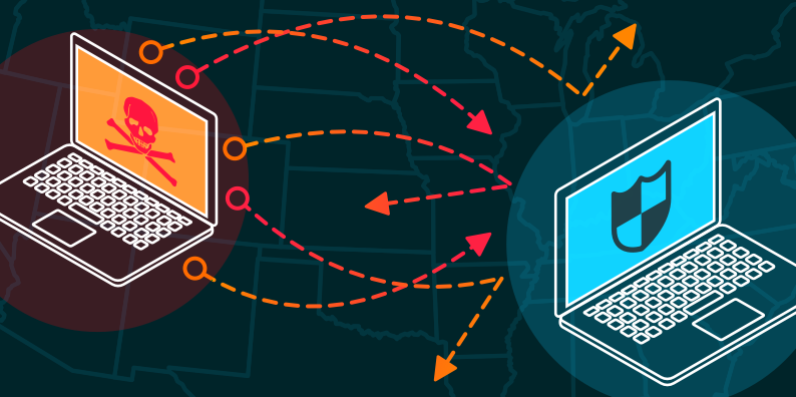There is an alarming amount of security camera systems set up with default settings leaving them vulnerable to attack and prying eyes. Its time for you to secure your security system? Do you still have default settings on your system?

Why not changing your DVR’s default settings is a bad idea.
We live in a world where an open door invites chaos. If your admin password is still 00000, you may have someone hacking your system. Now at 1st thought you might think “so what? it’s just video surveillance”… That may be true, but some of the exploits that are in use now are truly vicious. In particular the DDoS or “denial of service” attack can bring your whole network down.
Here’s how to mitigate these and many other attacks.
1. Change your password. I can not stress just how important this is. The default password of 00000 is very well known, and well documented, and if you leave it this way, you may as well not even HAVE a password. You will need to update the passwords on any remote device (phone or computer) to match as well
Updating the password periodically is not a bad idea either. It is harder to hit a moving target, so changing your passwords, while tedious, gives you a more secure network.
2. Delete user accounts that are not being used, and update the passwords on any accounts that are being used.
3. Change the Client Port number. We use 2000, 3000, and 50100 as defaults when we set the DVRs up, but these are also well documented. A random port number that is not already in use on your network is ideal. You will also have to update the port number on your remote devices (VMS on your computers or Smart Eyes Pro on your phones) to match, and may also have to update any port forwarding and/or firewalls on your router to allow this port over your network. (Check with your ISP if you do not have access to your router’s settings)
4. Update the firmware. We have the latest firmware on our web site. Download it to a flash drive and update your DVR.
5. In SOME cases you may need to update your “Web port”. By default it is port 80, and this does not usually cause issues – however, if you are experiencing issues, and all of the above didn’t fix it – Change the web port as well. Just remember that if you access your DVR by a web browser, you will have to add a colon and the port number to the address ( http://192.168.0.30:8888 for example)
6. Your router and/or your ISP may also have additional features you can utilize to prevent DDoS and other attacks. These should be explored, and utilized, but it is up to you to check with the manufacturer of your router, or your ISP for details.
DDoS and other attacks are a constant threat, and should be treated seriously. By taking a few steps to prevent these attacks, your network will run faster, more securely, and with fewer issues.
